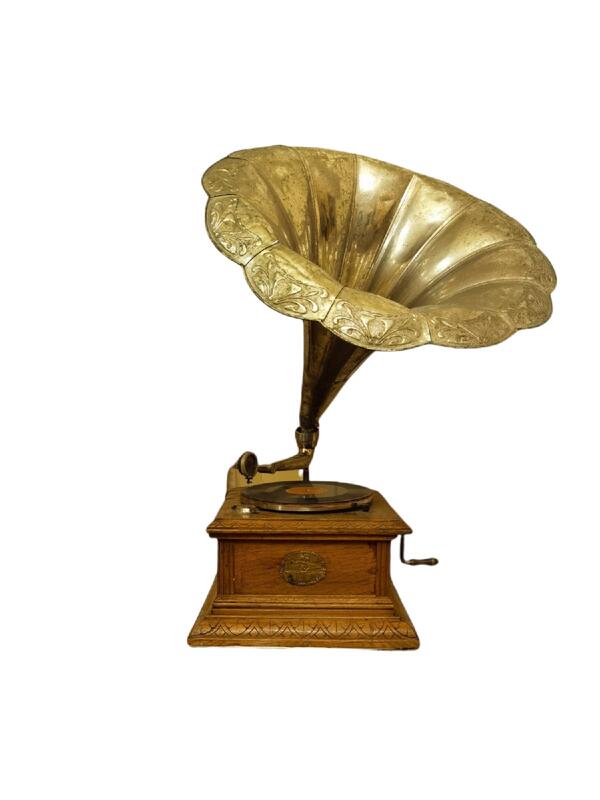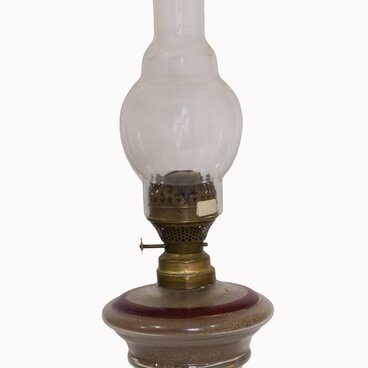Gramophones were a very popular form of musical entertainment at the turn of the 20th century. In 1877, Thomas Edison and Charles Cros invented the phonograph — also known as a gramophone in its later forms. And on September 26, 1887, Emile Berliner patented a device called a gramophone, which differed from a phonograph in that the sound was recorded not on a cylinder, but on a disk, thereby eliminating the problems and design flaws of its predecessor (weak sound and the complexity of replicating recordings).
Gramophone discs were originally made from ebonite, then from shellac — a gummy substance produced by tropical insects commonly known as lac insects and native to Southeast Asia. However, these materials were expensive. Only after World War II, manufacturers began to use polyvinyl chloride. Thanks to new technologies, Berliner was able to optimize the production of records, and his partner Eldridge Reeves Johnson, who founded the Victor Talking Machine Company on October 3, 1901, started the production of phonographs. The company became the leading producer of equipment for sound recording and reproduction in the world.
The company’s top competitors, such as the French Pathé company, were only operating in regional markets. As for Deutsche Grammophon and Gramola in Germany or the Gramophone Company Limited in Britain — these companies were owned by Berliner. Many German companies provide licensed products for these companies — for example, Wurzener Metallwarenfabrik in Saxony, founded by Johann Krause and Paul Naumann, and Gustav Benzing& Co in Württemberg.
It is noteworthy that neither the pickup nor the tonearm (the lever that carries the pickup and permits the needle to follow the record groove) feature any brands or stamps. In those years, counterfeit sound reproduction equipment was quite common, so many German companies manufactured pickups with a design close to the original brand. Apparently, this kind of a counterfeit pickup was installed on the gramophone displayed in the museum.
Gramophone discs were originally made from ebonite, then from shellac — a gummy substance produced by tropical insects commonly known as lac insects and native to Southeast Asia. However, these materials were expensive. Only after World War II, manufacturers began to use polyvinyl chloride. Thanks to new technologies, Berliner was able to optimize the production of records, and his partner Eldridge Reeves Johnson, who founded the Victor Talking Machine Company on October 3, 1901, started the production of phonographs. The company became the leading producer of equipment for sound recording and reproduction in the world.
The company’s top competitors, such as the French Pathé company, were only operating in regional markets. As for Deutsche Grammophon and Gramola in Germany or the Gramophone Company Limited in Britain — these companies were owned by Berliner. Many German companies provide licensed products for these companies — for example, Wurzener Metallwarenfabrik in Saxony, founded by Johann Krause and Paul Naumann, and Gustav Benzing& Co in Württemberg.
It is noteworthy that neither the pickup nor the tonearm (the lever that carries the pickup and permits the needle to follow the record groove) feature any brands or stamps. In those years, counterfeit sound reproduction equipment was quite common, so many German companies manufactured pickups with a design close to the original brand. Apparently, this kind of a counterfeit pickup was installed on the gramophone displayed in the museum.



